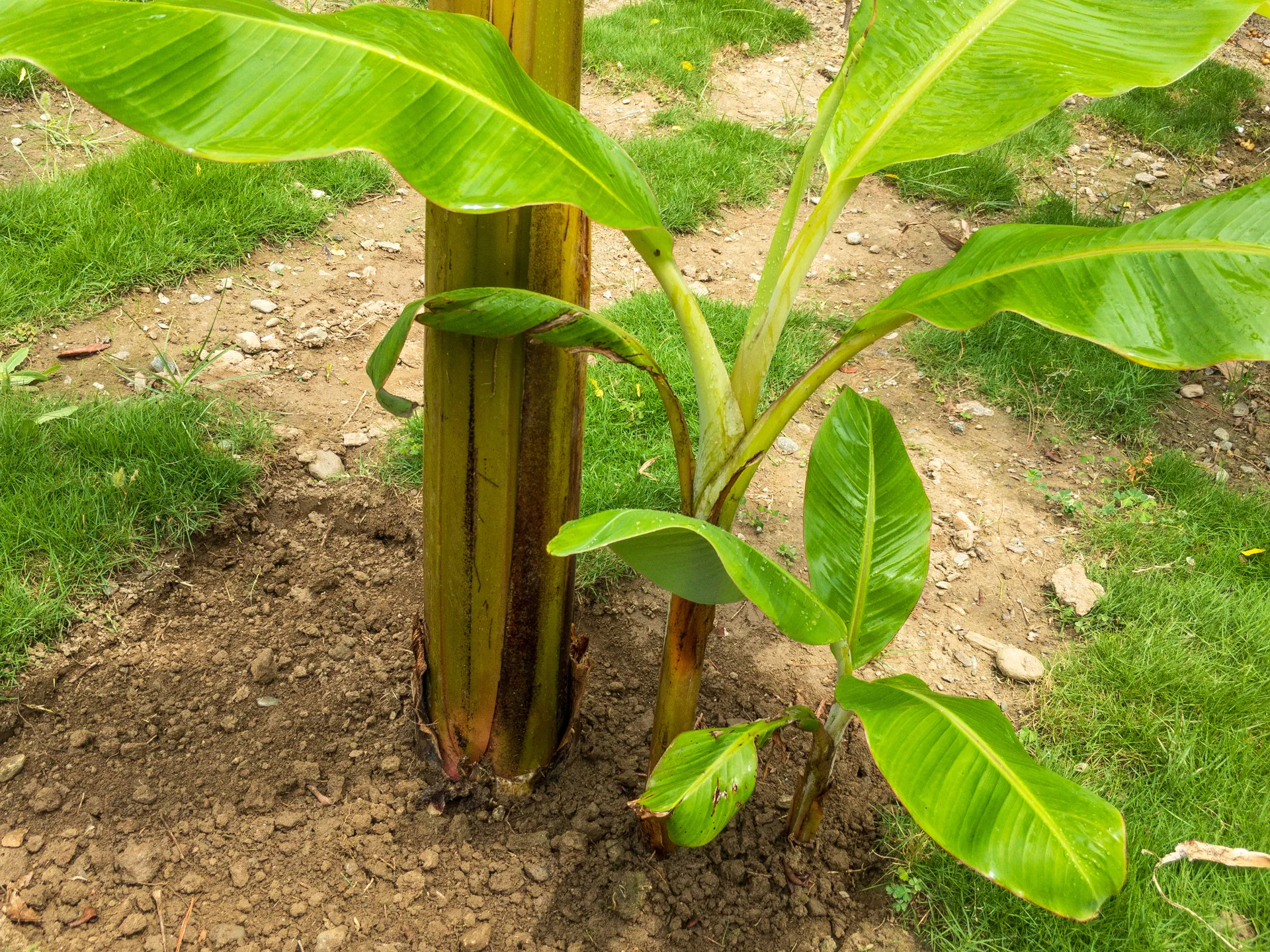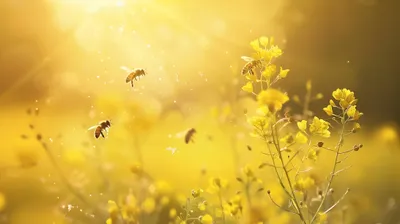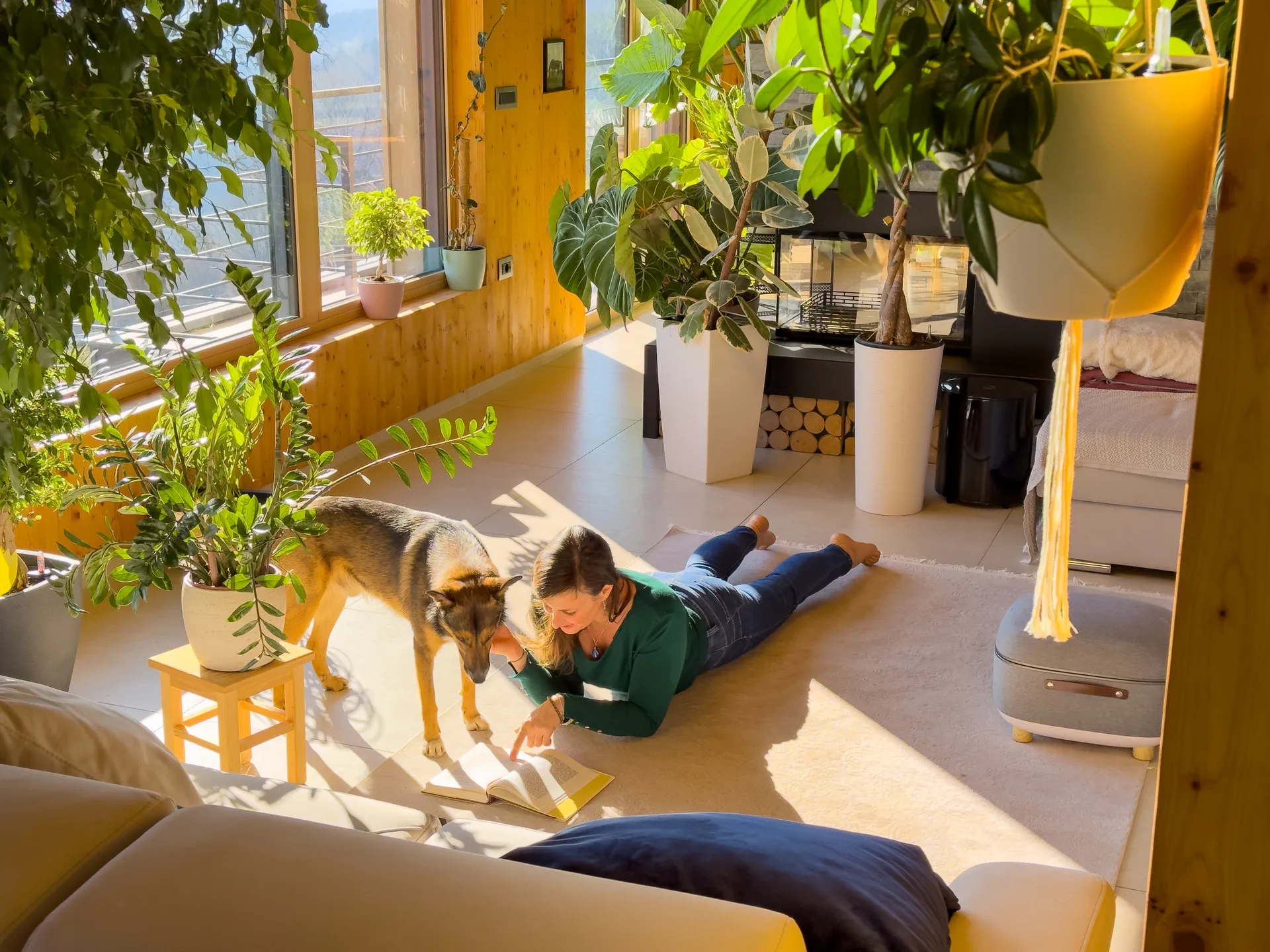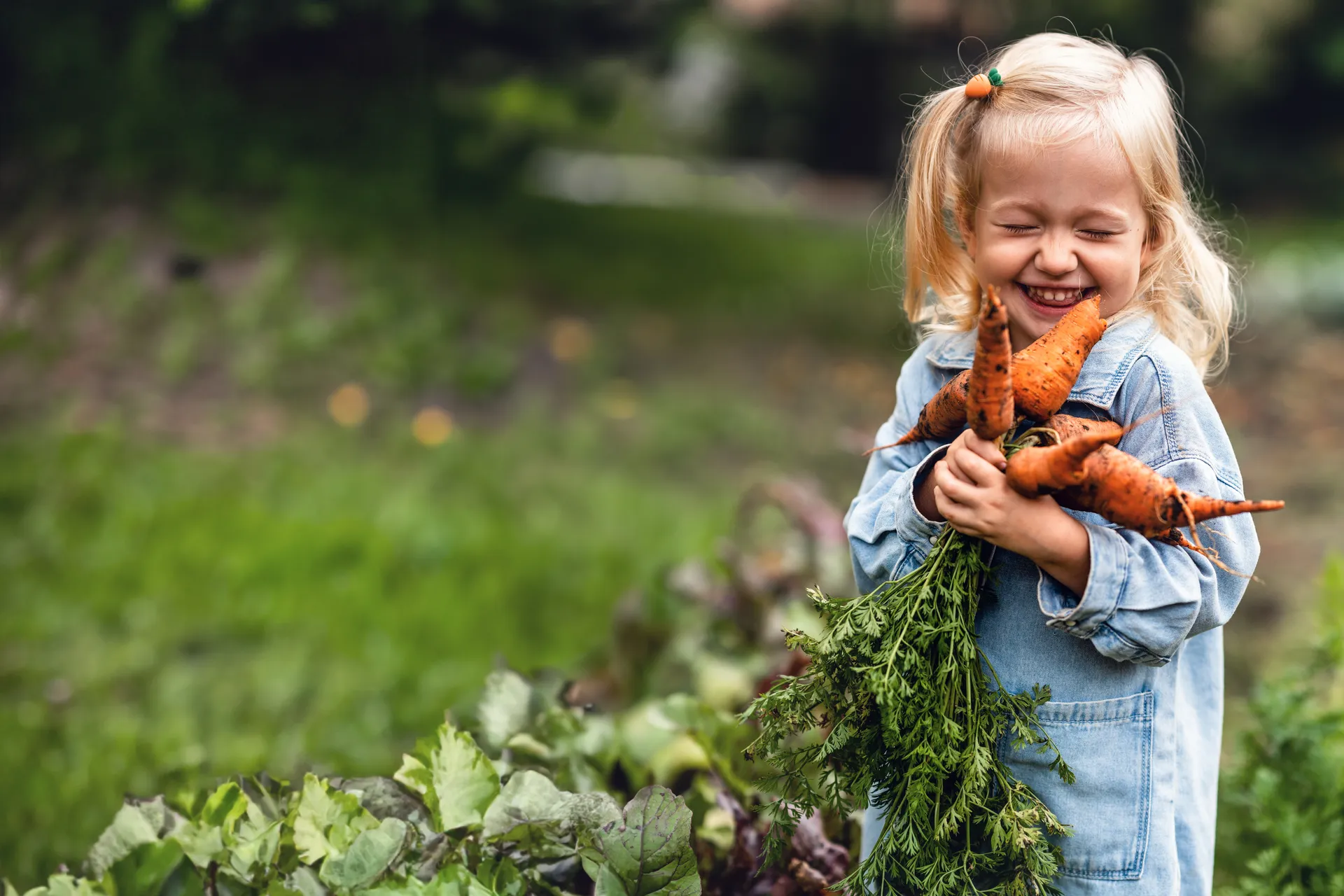What to do in the garden this November

Find out which salad varieties can take the heat, which insects to look out for and what garden tasks need attending to.
I call it 'sprummer'
Anne Gibson, The Micro Gardener brings garden tips just for South East Queensland.
November continues from last month as our fifth season in SE QLD. I call it ‘sprummer’ as we transition from spring into summer.
During November we typically expect highly changeable weather. Temperatures can warm up quickly and weather is often very unpredictable.

Some days can feel like spring but it can also be dry, extremely hot with heatwaves over many days, humid, very windy or even chilly! We can get storms with heavy rain and hail or all of these conditions within a week! El Niño and fires are our biggest threats in coming months.
“November can be a confusing and challenging time for gardeners and plants!"
Based on my observations and keeping notes on patterns over 26 years, this is a time to be prepared. It can be confusing and challenging for gardeners and plants! Follow my Subtropical Planting Guide for what to plant when and garden tasks throughout the year.
Watering is so important right now
Time to pay attention to watering if you haven’t had adequate rain. Watch the forecast for upcoming rain. Soaker hoses, drip irrigation and hand watering early morning can be useful ways to irrigate and keep the moisture up to plants during a high growth period.
Save water where you can. As warmth and humidity increase, you’ll notice more insect and disease activity. If you haven’t already mulched your garden, this is vital to attend to.
You may need a variety of crop protection strategies from now until around the end of March.
- use shade cloth structures (e.g., bamboo stakes and zip ties) for plant protection
- implement netting and fruit bags to safeguard crops
- plan for shading vulnerable plants on hot days
- design the garden to benefit from living shade or other structures
- prepare strategies for protecting crops from:
- torrential rain
- hail
- strong drying winds
- damaging winds

It’s typical to see an increase in insects including aphids, scale, newly hatched grasshoppers (sorry to be the bearer of bad news!), katydids, caterpillars, bronze orange bugs and citrus leaf miners. Be observant and check for early signs of damage so you can act as needed.
Learn to control garden pest insects naturally. Fungal diseases like powdery mildew and sooty mould are also common. Water the soil and improve air flow.
Unfortunately, just as many of our fruiting crops are ripening and we’re anticipating the fruits of our labour, the QLD fruit fly will be out in force. They sting fruit and maggots hatch inside, causing it to rot. There are a number of organic control strategies you can use. Exclusion netting, baits and bagging fruits may be options to control their numbers. Birds will also have a feast as will other opportunistic insects and rots once fruit is vulnerable.
Aim to have flowers in your garden year-round

There are so many annuals and perennials that you can sow now. Flowers provide nectar and pollen for predatory insects like ladybirds, hoverflies and parasitic wasps as well as all the pollinators.
These beneficial insects will help keep the pest-to-predator balance in check. Most fruiting crops rely on both honeybees and native bees for pollination and a bigger harvest. It’s essential to attract pollinators to your garden by allowing herbs/veggies to flower or sowing flowers.
Otherwise, be prepared to hand pollinate or have a poor harvest.
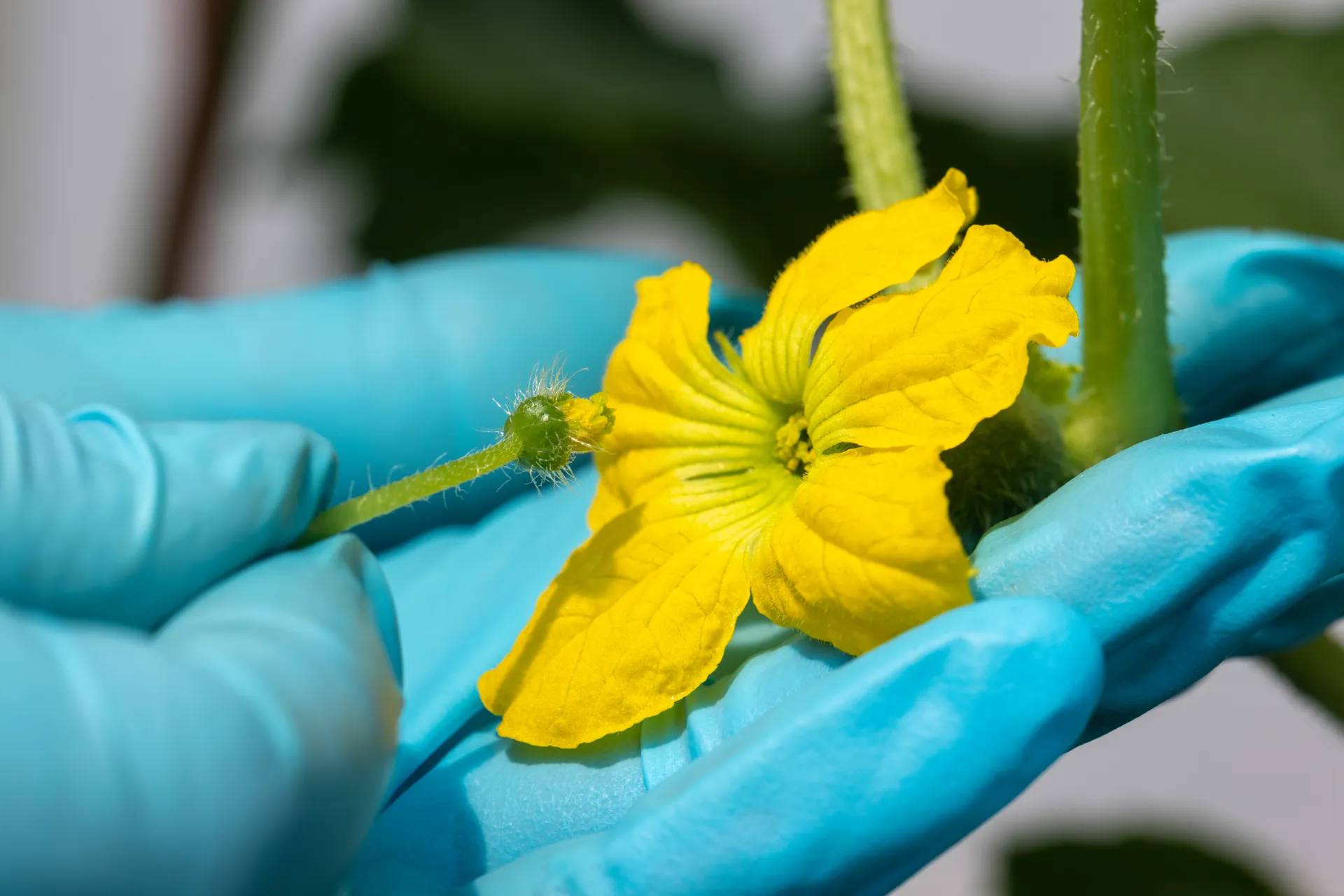
Fruit trees and fruiting crops are hungry feeders. If you’re growing any of these like cucumbers, zucchini or pumpkins, maintain consistent moisture and keep up growth with minerals and balanced nutrients. \
Apply compost, worm castings, slow-release organic pellets and liquid seaweed to feed your crops during this prime growing period. Keep soil and plants well mulched.
What to Plant Now
Sow your leafy greens like celery, chard and lettuce under shade covers and keep up the moisture. Or sow as seeds to harvest as young microgreens. Ready in 7-21 days.
Save seeds from all your herbs and vegetables to save money. Or try sprouting on your kitchen bench for fresh raw nutritious food.
Coriander tip
Only sow ‘Slow Bolt’ coriander if you’re growing it as microgreens. Or sow in partial shade and consistently moist soil. Otherwise, sow the perennial Mexican Sawtooth variety to take you through summer.
Spinach varieties
Perennial summer spinach varieties like Suranim, Brazilian, Ceylon, Sambung, Okinawa, Sambung/Longevity and Warrigal Greens/NZ spinach are thriving now. These all provide spinach leaves during our hot humid weather.
Sow turmeric and ginger with the moon cycle along with other root crops like beetroot, carrots, sweet potato, yakon and radish. Asian greens, basil, snake beans, capsicum, celery, chilli, chives, choko, cucumber or cucamelons, eggplant, kale, leeks, melons, mustard, okra, oregano, parsley, pumpkin, rosemary, sage, sorrel, spring onions, thyme, tomatoes and warrigal greens. Include lots of flowers for beneficial insects. Try dianthus, cosmos, marigolds, salvias and sunflowers.
Swap to heat-tolerant ‘loose leaf’ lettuce varieties like ‘Salad Bowl Red’ or ‘Green’; ‘Little Gem’ and ‘Parris Island’ Cos; ‘Royal Oakleaf’, ‘All Seasons’ and ‘Summer Harvest’ that are slow to bolt. Lettuce grows well in partial shade or just a couple of hours of early morning sun. It needs constant moisture for fast growth.
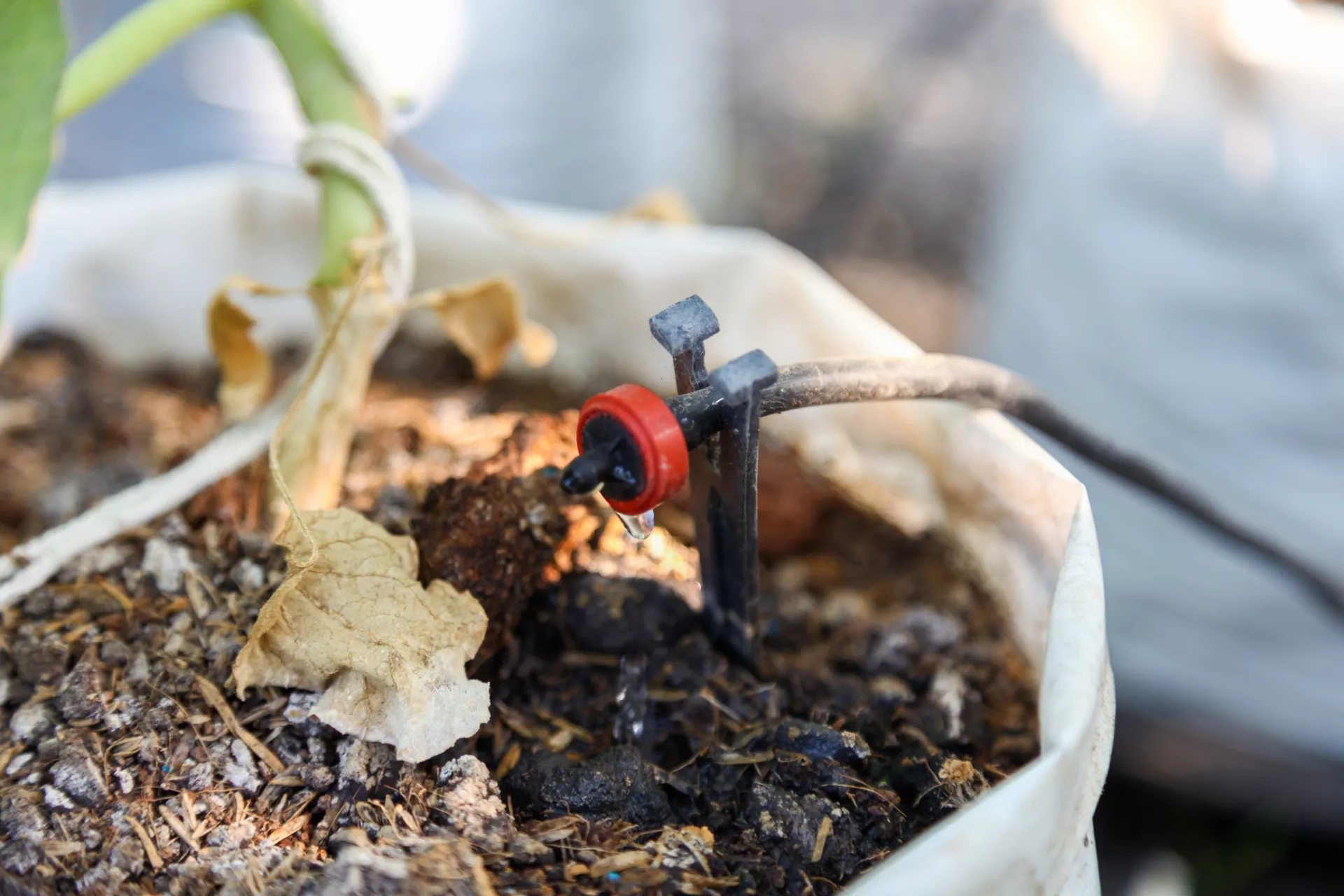
Self-watering container gardens are ideal for all leafy greens and many herbs. Create a suitable microclimate and succession plant for lots of luscious leaves. Swap annual rocket for the short-lived perennial Wild Rocket (Diplotaxis tenuifolia) too.
Take cuttings during the new moon cycle and propagate plants for quick root development. Who doesn’t love free plants?! Make your own seed raising mix or soil-less potting mix for a sustainable economic alternative.
Garden Tasks
- sow warm-season seedlings for Christmas and summer salads.
- sow seeds as microgreens for quick picks
- check fruit fly traps. Re-bait as necessary. Install bee and bird baths for hot weather
- fertilise fruit trees and fruiting crops during the growing season. Water and mulch well
- make compost and apply
- mulch to all pots and plants
- de-sucker bananas, feed and water. If harvesting, wear old clothes as the sap stains!
